Home>Gardening & Outdoor>Landscaping Ideas>How To Kill Clovers In Grass
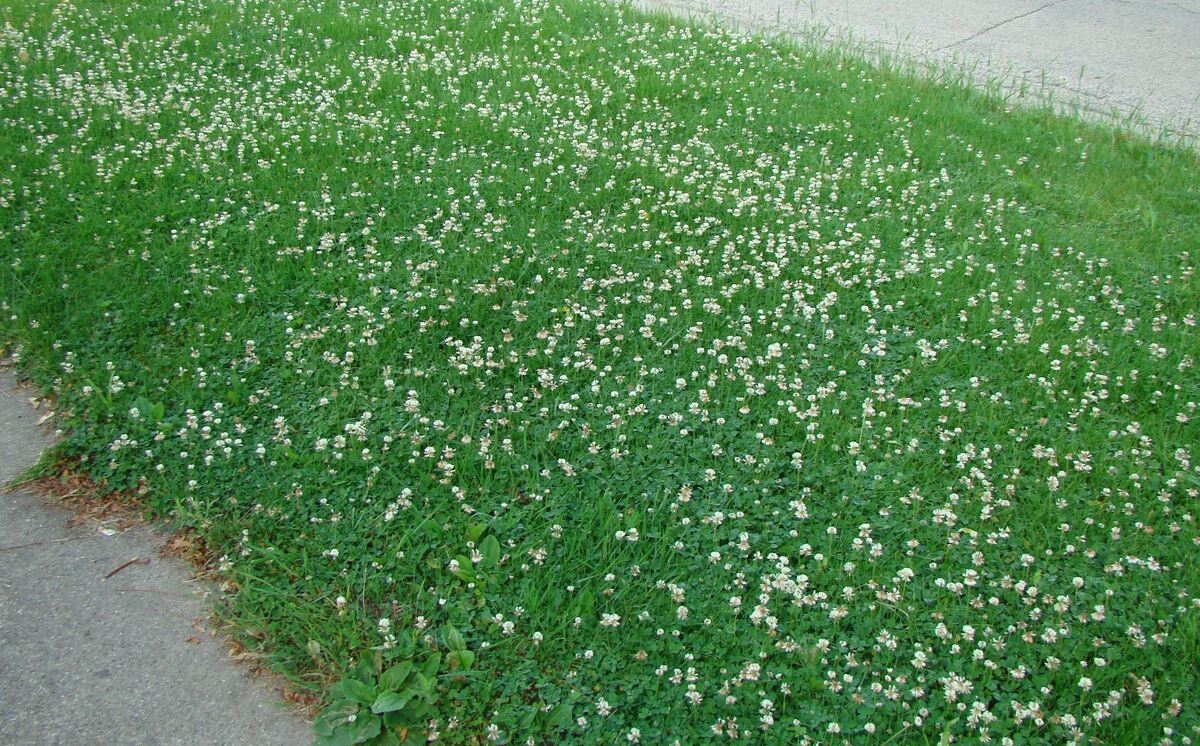

Landscaping Ideas
How To Kill Clovers In Grass
Modified: February 18, 2024
Learn effective landscaping ideas to kill clovers in grass and improve your lawn. Discover expert tips for a lush, weed-free yard.
(Many of the links in this article redirect to a specific reviewed product. Your purchase of these products through affiliate links helps to generate commission for Storables.com, at no extra cost. Learn more)
Introduction
Are you frustrated by the persistent presence of clovers in your luscious green lawn? While these little green invaders may seem harmless at first, their rapid spread and tenacious nature can quickly turn your once immaculate lawn into a patchy, uneven eyesore. Fear not, for there are effective methods to rid your grass of these pesky intruders and restore your lawn to its former glory.
Clovers, commonly identified by their distinct trifoliate leaves and small white or pink flowers, are often perceived as a nuisance in lawns. However, it's important to understand that clovers also offer some benefits to the ecosystem. They are nitrogen-fixing plants, which means they can help improve soil fertility by capturing nitrogen from the air and converting it into a form that can be used by other plants. Additionally, their flowers provide nectar for pollinators, making them a valuable food source for bees and other beneficial insects.
Despite these ecological benefits, clovers can quickly overtake a lawn, competing with grass for resources and creating an uneven, unkempt appearance. This can be particularly frustrating for homeowners who take pride in maintaining a lush, uniform lawn. Fortunately, there are several approaches to effectively eliminate clovers from your grass without causing harm to the surrounding vegetation or the environment.
In this comprehensive guide, we will explore various methods for eradicating clovers from your lawn, including both traditional and natural remedies. Additionally, we will discuss preventative measures to minimize the likelihood of clover reinfestation, allowing you to enjoy a vibrant, clover-free lawn for years to come. Whether you prefer traditional herbicides or eco-friendly alternatives, there's a solution that aligns with your values and landscaping goals.
By the end of this guide, you will be equipped with the knowledge and strategies necessary to reclaim your lawn from the clutches of clover infestation. Let's embark on this journey to restore the lush, uniform expanse of green that you envision when you think of your ideal lawn.
Key Takeaways:
- Say goodbye to clovers in your lawn by using traditional herbicides, manual removal, lawn fertilization, and adjusting soil pH. Choose the method that aligns with your values and landscaping goals.
- Embrace natural remedies like vinegar solution, corn gluten meal, clover competition, and hand weeding to control clovers in your lawn. Prevent their return with proper lawn maintenance and integrated pest management.
Read more: What Kills Clover In Grass
Understanding Clovers
Before delving into the methods for eliminating clovers from your grass, it’s essential to understand the characteristics and growth habits of these persistent plants. Clovers, belonging to the Trifolium genus, are small, herbaceous plants with distinctive trifoliate leaves, typically featuring three leaflets. They are commonly found in lawns and other grassy areas, thriving in a variety of soil types and environmental conditions.
One of the key attributes of clovers that contributes to their resilience is their ability to fix nitrogen. Through a symbiotic relationship with nitrogen-fixing bacteria in their root nodules, clovers can convert atmospheric nitrogen into a form that is readily available to plants. This unique capability allows clovers to thrive in nutrient-deficient soils, making them particularly adept at colonizing lawns and other grassy landscapes.
Clovers reproduce through seeds and creeping stolons, enabling them to spread rapidly and establish dense patches within the lawn. Their ability to tolerate mowing and grazing further contributes to their persistence in grassy areas. Additionally, the presence of clover flowers, which are attractive to pollinators, can contribute to their spread through seed dispersal by insects.
While clovers are often perceived as undesirable in lawns due to their tendency to disrupt the uniformity of grass and create an uneven surface, it’s important to recognize that they also offer ecological benefits. As nitrogen-fixing plants, clovers contribute to soil fertility and can enhance the overall health of the lawn ecosystem. Furthermore, their flowers provide a vital food source for bees and other pollinators, supporting biodiversity in the surrounding environment.
By gaining a deeper understanding of clovers and their growth characteristics, you can develop a more informed approach to managing their presence in your lawn. Whether you choose to employ traditional herbicides or explore natural remedies, recognizing the resilience and ecological role of clovers can inform your strategy for achieving a balanced, thriving lawn environment.
Methods for Killing Clovers in Grass
When faced with a clover invasion in your grass, it’s essential to consider effective methods for eradicating these persistent plants while promoting the health of your lawn. Several approaches can be employed to target and eliminate clovers, ranging from traditional herbicides to cultural and mechanical methods. Each method offers unique advantages and considerations, allowing you to choose the approach that aligns with your preferences and environmental concerns.
1. Traditional Herbicides: Conventional herbicides formulated specifically for broadleaf weed control can effectively target and eliminate clovers in the lawn. These herbicides contain selective ingredients that target broadleaf plants while sparing grass species. When applying herbicides, it’s crucial to follow the manufacturer’s instructions carefully to ensure proper application and minimize the risk of unintended damage to desirable plants.
2. Manual Removal: For smaller infestations or areas where herbicide application is not feasible, manual removal of clovers can be an effective approach. Using a hand tool, such as a dandelion digger or similar implement, carefully uproot the clovers, taking care to remove the entire root system to prevent regrowth. While labor-intensive, manual removal allows for precise targeting of clovers without the use of chemical treatments.
3. Lawn Fertilization: Promoting the health and vigor of the grass through regular fertilization can help create conditions that are less favorable for clover growth. By providing essential nutrients to the grass, particularly nitrogen, you can encourage robust grass growth, which can outcompete clovers and limit their establishment in the lawn. Selecting a fertilizer with a balanced nutrient profile can support the overall resilience of the grass while impeding clover proliferation.
4. Adjusting Soil pH: Clovers thrive in soils with lower pH levels, so adjusting the soil pH to favor grass growth can hinder clover infestation. Conduct a soil test to determine the pH of your lawn, and if necessary, apply lime to raise the pH to levels conducive to healthy grass growth. By creating optimal soil conditions for grass, you can create an environment that is less hospitable to clovers.
When considering these methods for killing clovers in grass, it’s important to assess the scale of the infestation, the specific characteristics of your lawn, and your environmental preferences. By integrating targeted approaches and considering the long-term health of your lawn, you can effectively combat clovers while nurturing a vibrant, resilient grassy expanse.
To kill clovers in grass, use a selective herbicide labeled for clover control. Apply in the fall when clover is actively growing for best results. Follow the instructions on the product label for proper application.
Natural Remedies for Clover Control
For individuals seeking eco-friendly alternatives to traditional herbicides or mechanical methods, natural remedies offer effective options for controlling clovers in grass while minimizing environmental impact. These remedies harness the power of natural ingredients and cultural practices to target clovers and promote the health of the surrounding grass, providing a holistic approach to managing weed infestations in the lawn.
1. Vinegar Solution: A vinegar-based herbicidal solution can be used to selectively target clovers in the lawn. By combining household vinegar with a small amount of dish soap to enhance adherence, you can create a natural herbicide that effectively desiccates clover foliage upon application. It’s important to apply this solution carefully, targeting the clovers while minimizing contact with desirable grass species.
2. Corn Gluten Meal: Corn gluten meal, a byproduct of corn processing, can serve as a natural pre-emergent herbicide, inhibiting the germination of clover seeds and preventing their establishment in the lawn. When applied at the appropriate time in the growing season, corn gluten meal can impede the growth of clovers while nourishing the soil with organic matter, offering a dual benefit for lawn health.
3. Clover Competition: Encouraging the growth of desirable grass species to outcompete clovers can be an effective natural strategy for clover control. By overseeding the lawn with grass varieties that are well-suited to the local climate and soil conditions, you can create a dense, vigorous grass cover that limits the space and resources available for clover establishment. This approach leverages natural ecological processes to promote a resilient, clover-resistant lawn.
4. Hand Weeding and Aeration: Manual removal of clovers through hand weeding, combined with core aeration to improve soil structure, can support the health of the grass while targeting clovers without the use of chemical treatments. Aeration facilitates better nutrient and water uptake for the grass, enhancing its competitiveness and resilience against clover encroachment.
By integrating these natural remedies into your lawn care routine, you can effectively manage clover infestations while fostering a healthy, sustainable lawn environment. These approaches not only target clovers directly but also contribute to the overall vitality and resilience of the grass, promoting long-term success in maintaining a lush, clover-free lawn.
Preventing Clovers from Returning
After successfully eliminating clovers from your grass, it’s crucial to implement preventative measures to minimize the likelihood of their return and maintain a healthy, clover-free lawn. By integrating proactive strategies and cultural practices, you can create an environment that is less conducive to clover establishment while promoting the vigor of the grass and overall lawn ecosystem.
1. Proper Lawn Maintenance: Regular mowing at the appropriate height for your grass species can help prevent clovers from gaining a foothold in the lawn. Maintaining a recommended mowing height for your specific grass type promotes dense, healthy turf that can outcompete clovers and limit their ability to establish patches within the lawn.
2. Soil Testing and Amendment: Conducting periodic soil tests to assess nutrient levels and pH can provide valuable insights for maintaining optimal soil conditions for grass growth while discouraging clovers. Based on the soil test results, you can adjust fertilization and lime applications to promote the health of the grass while creating an environment less favorable to clover proliferation.
3. Overseeding and Reseeding: Periodically overseeding the lawn with high-quality grass seed can help fill in bare or thin areas, reducing the available space for clover establishment. Additionally, reseeding damaged or heavily trafficked areas can promote a dense, resilient grass cover that limits opportunities for clovers to take hold.
4. Mulching and Watering Practices: Applying a layer of organic mulch to garden beds and around trees can help prevent clover encroachment from these areas into the lawn. Additionally, consistent and appropriate watering practices that support the health of the grass while avoiding overwatering can contribute to a robust turf that can effectively compete with clovers.
5. Integrated Pest Management (IPM): Embracing an integrated approach to pest and weed management can help prevent clovers from returning while minimizing reliance on chemical treatments. By promoting natural predators, enhancing soil health, and leveraging cultural practices, you can create an ecosystem that is less susceptible to clover infestations.
By incorporating these preventative measures into your lawn care regimen, you can create an environment that is inhospitable to clovers while fostering the resilience and vibrancy of the grass. These strategies not only deter clover resurgence but also contribute to the overall health and beauty of your lawn, allowing you to enjoy a lush, clover-free expanse for years to come.
Read more: How To Switch From Grass To Clover
Conclusion
As you embark on the journey to reclaim your lawn from the clutches of clover infestation, it’s important to approach the task with a blend of determination, knowledge, and sustainable practices. Understanding the characteristics of clovers and the ecological role they play in the lawn ecosystem provides valuable insights for managing their presence without causing harm to the environment.
Whether you opt for traditional herbicides, natural remedies, or a combination of cultural practices, the methods for killing clovers in grass offer diverse approaches to address infestations while promoting the health of the surrounding grass. By carefully selecting the most suitable method for your lawn and considering the long-term implications of each approach, you can effectively combat clovers and restore the lush, uniform expanse of green that defines an ideal lawn.
Furthermore, implementing preventative measures to deter clovers from returning is essential for maintaining a vibrant, clover-free lawn over time. By integrating proper lawn maintenance, soil testing and amendment, overseeding, and holistic pest and weed management, you can create an environment that fosters the resilience of the grass while minimizing opportunities for clovers to reestablish their presence.
Ultimately, the successful eradication of clovers from your grass and the prevention of their return contribute to the creation of a thriving, sustainable lawn environment. By embracing a balanced approach that considers the needs of the grass, the broader ecosystem, and your environmental values, you can achieve a clover-free lawn that is both visually appealing and ecologically sound.
As you apply the knowledge and strategies outlined in this guide, envision the vibrant, clover-free lawn that awaits as a testament to your dedication and stewardship. With a commitment to sustainable lawn care practices and a deep understanding of clover management, you are well-equipped to transform your lawn into a verdant, uniform expanse that invites admiration and enjoyment.
Frequently Asked Questions about How To Kill Clovers In Grass
Was this page helpful?
At Storables.com, we guarantee accurate and reliable information. Our content, validated by Expert Board Contributors, is crafted following stringent Editorial Policies. We're committed to providing you with well-researched, expert-backed insights for all your informational needs.
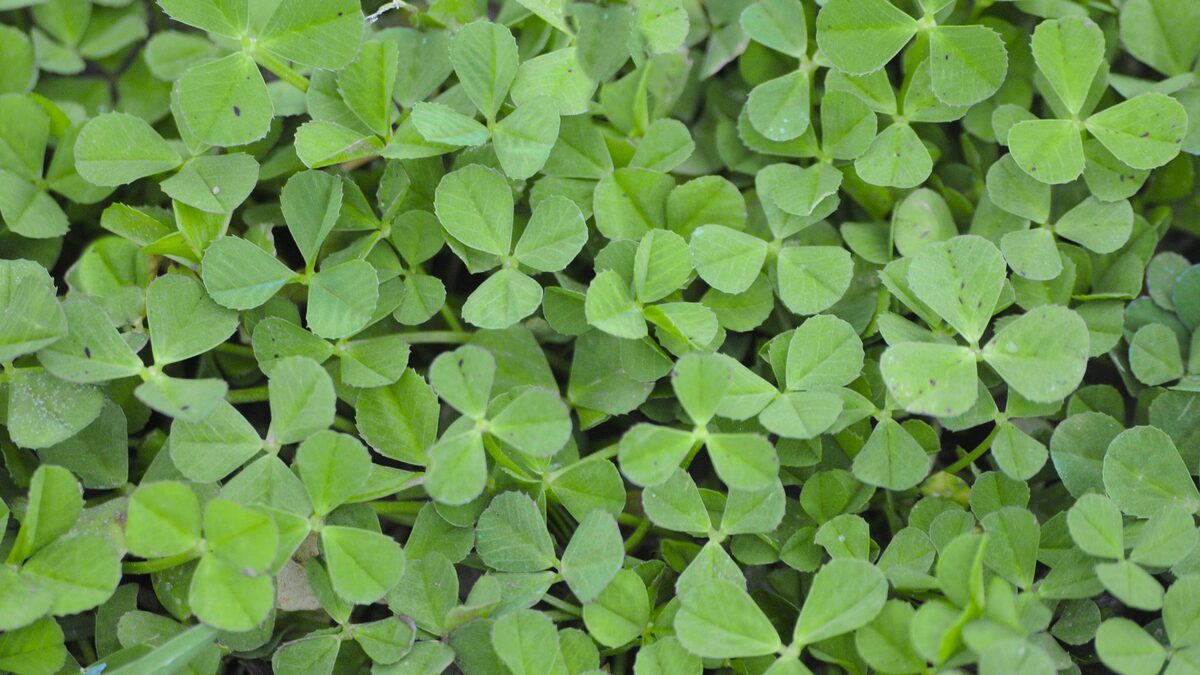
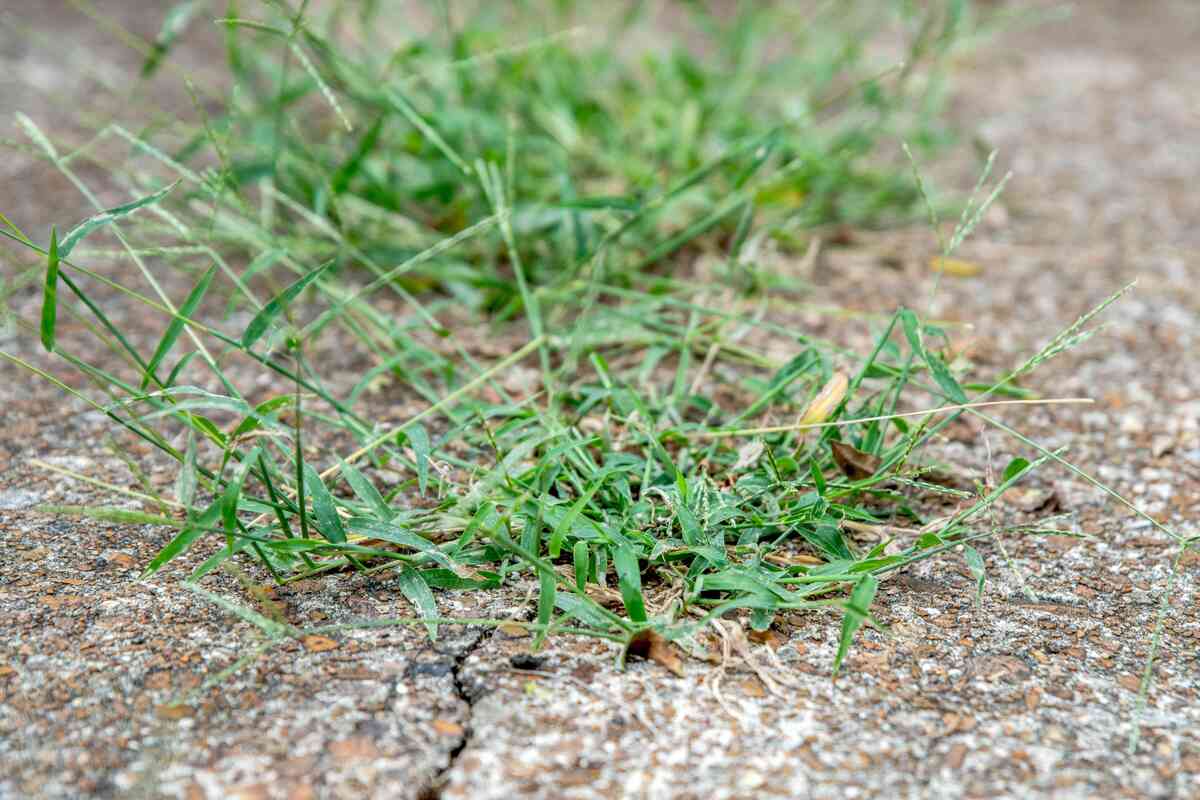
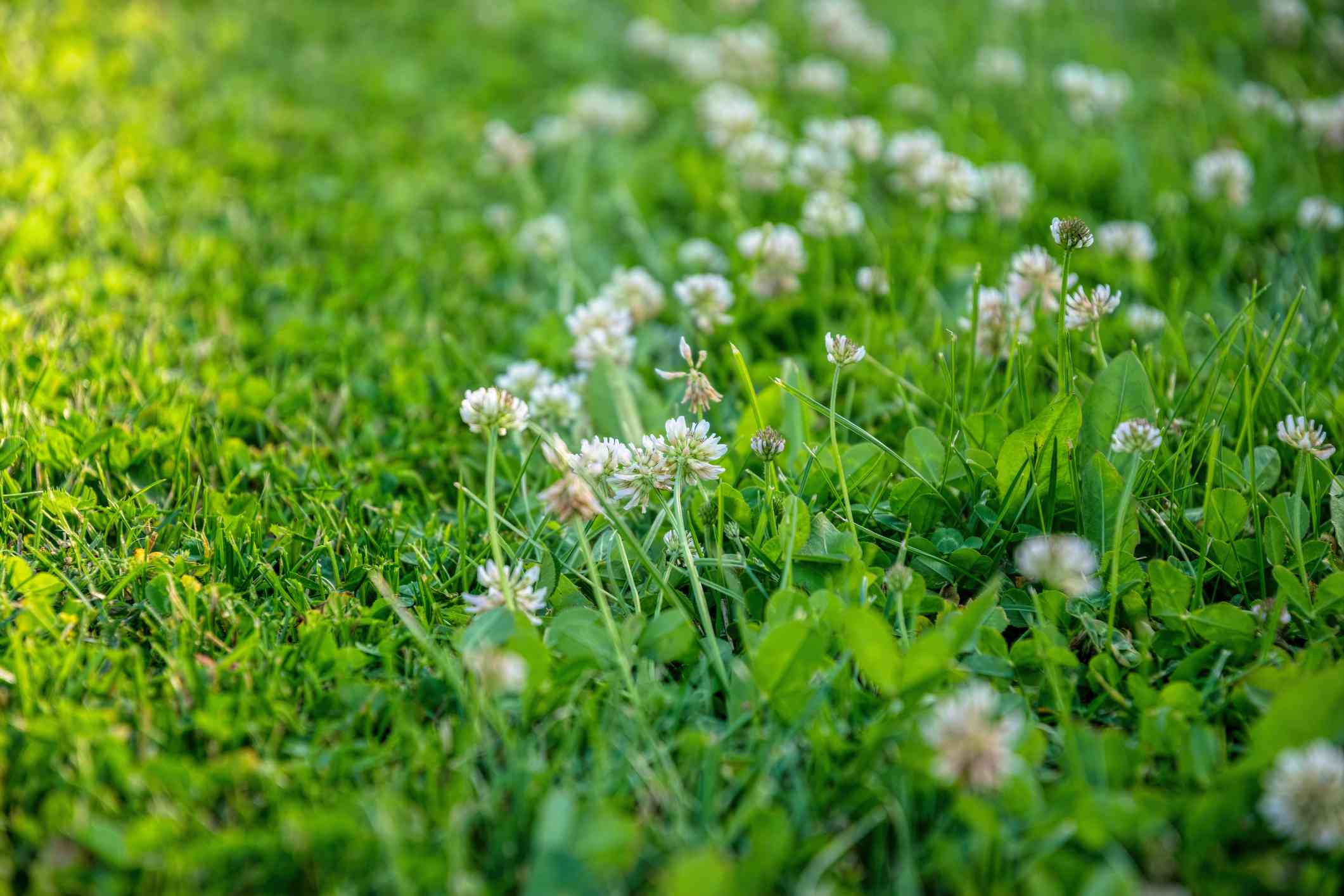
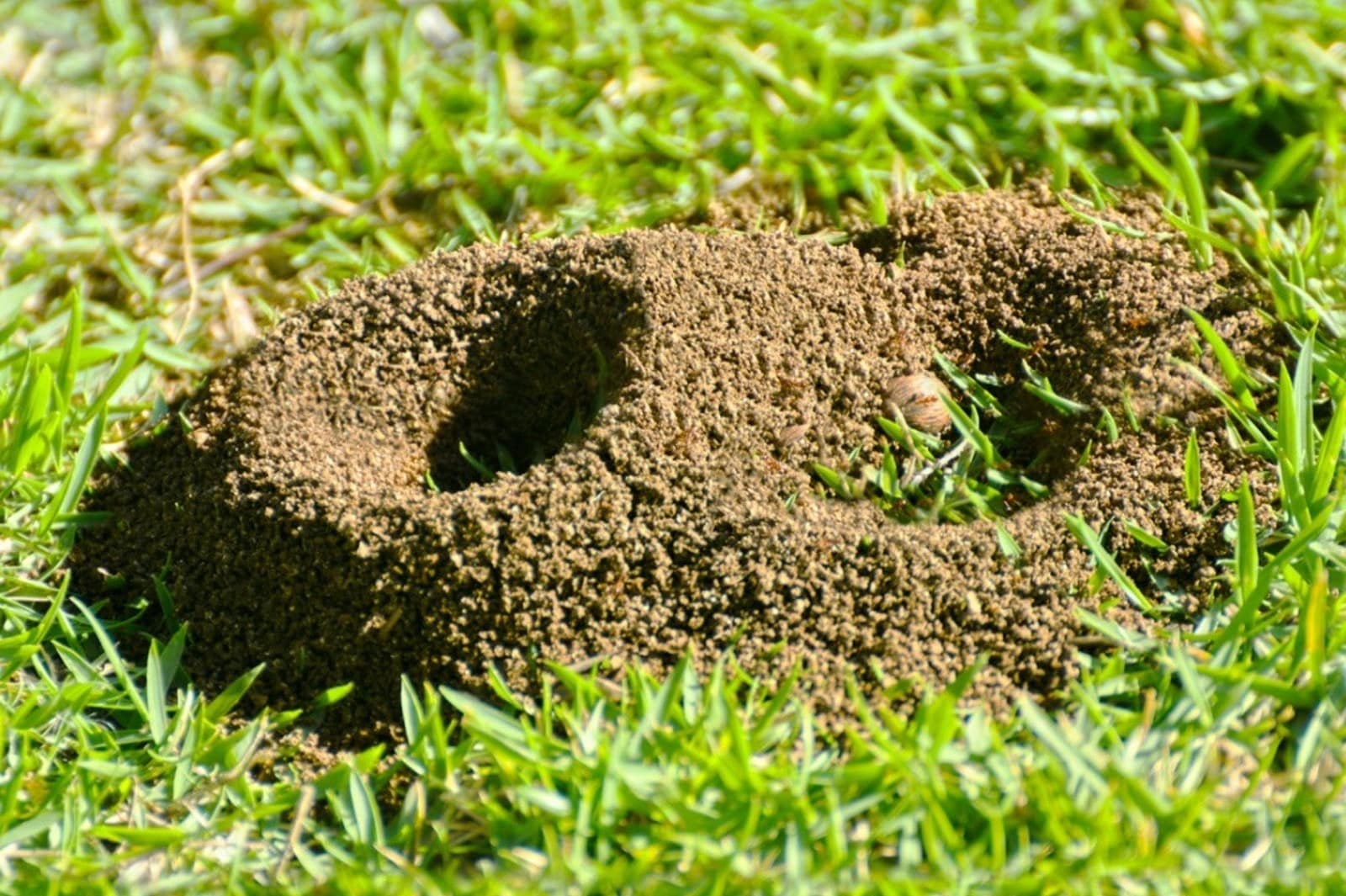
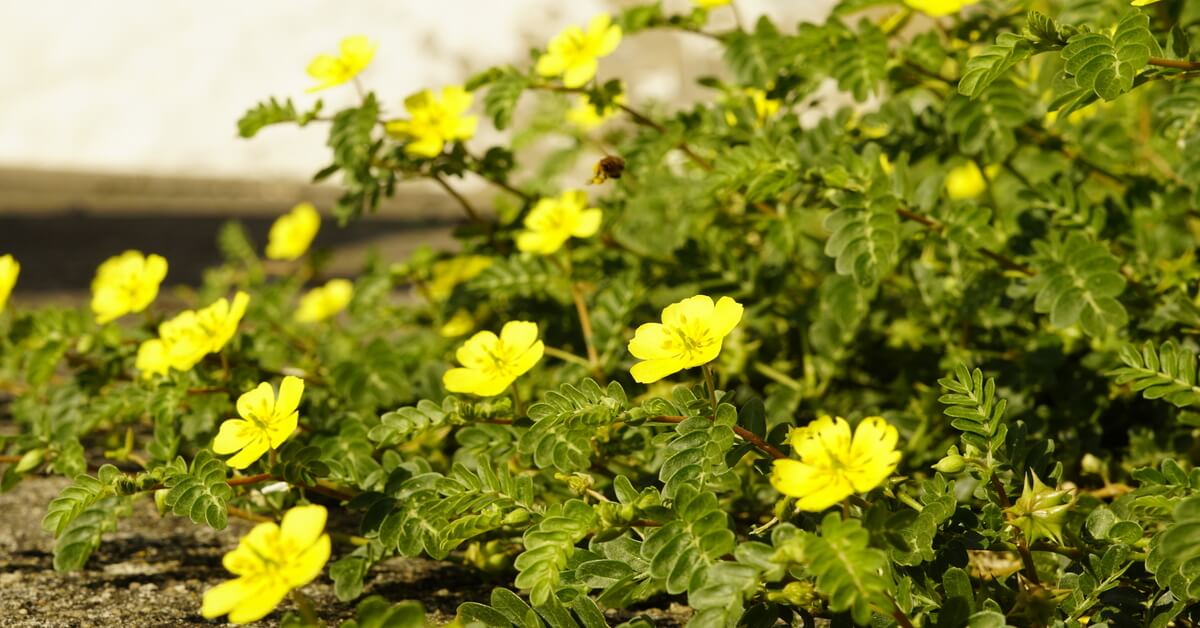
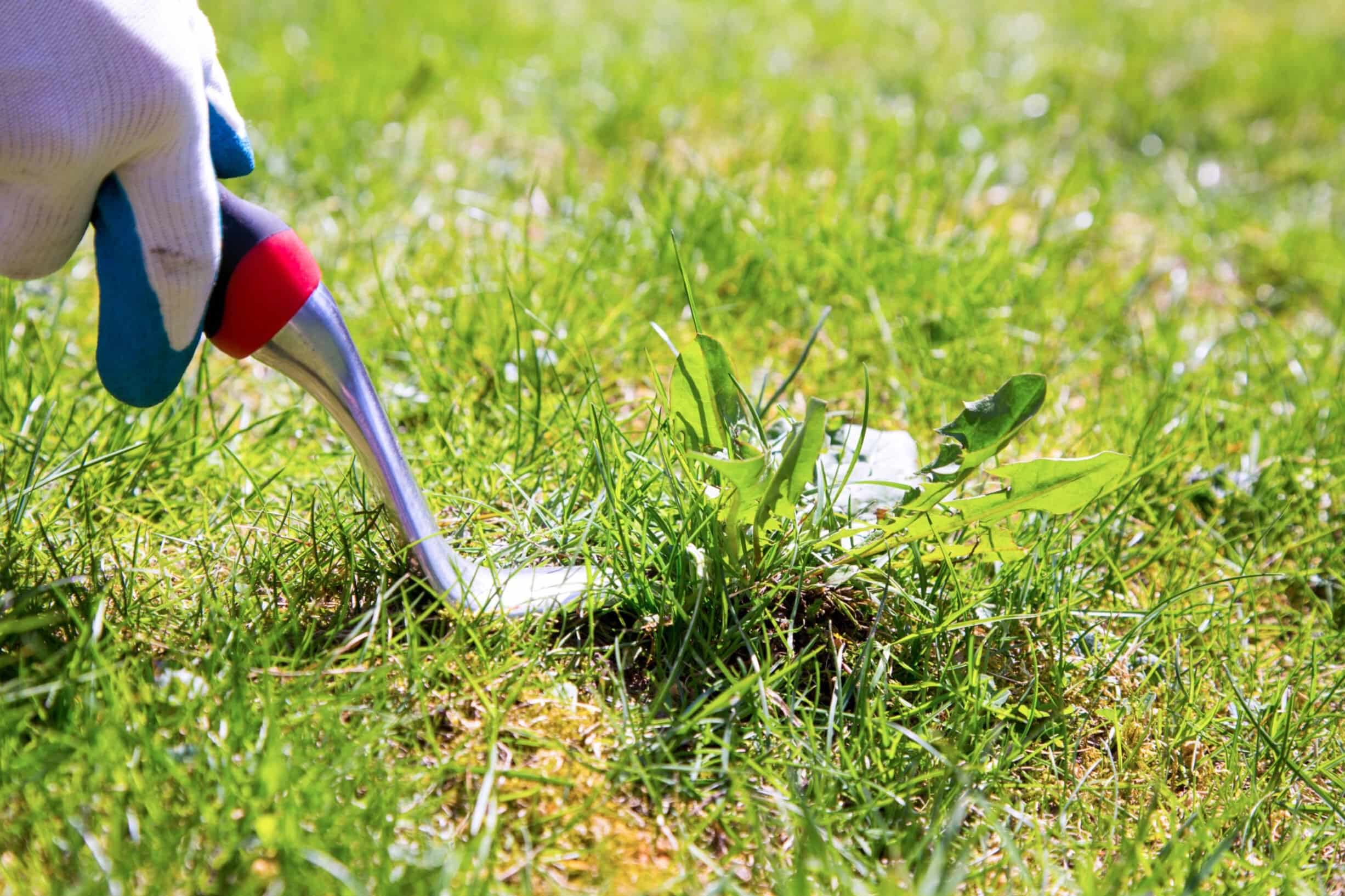
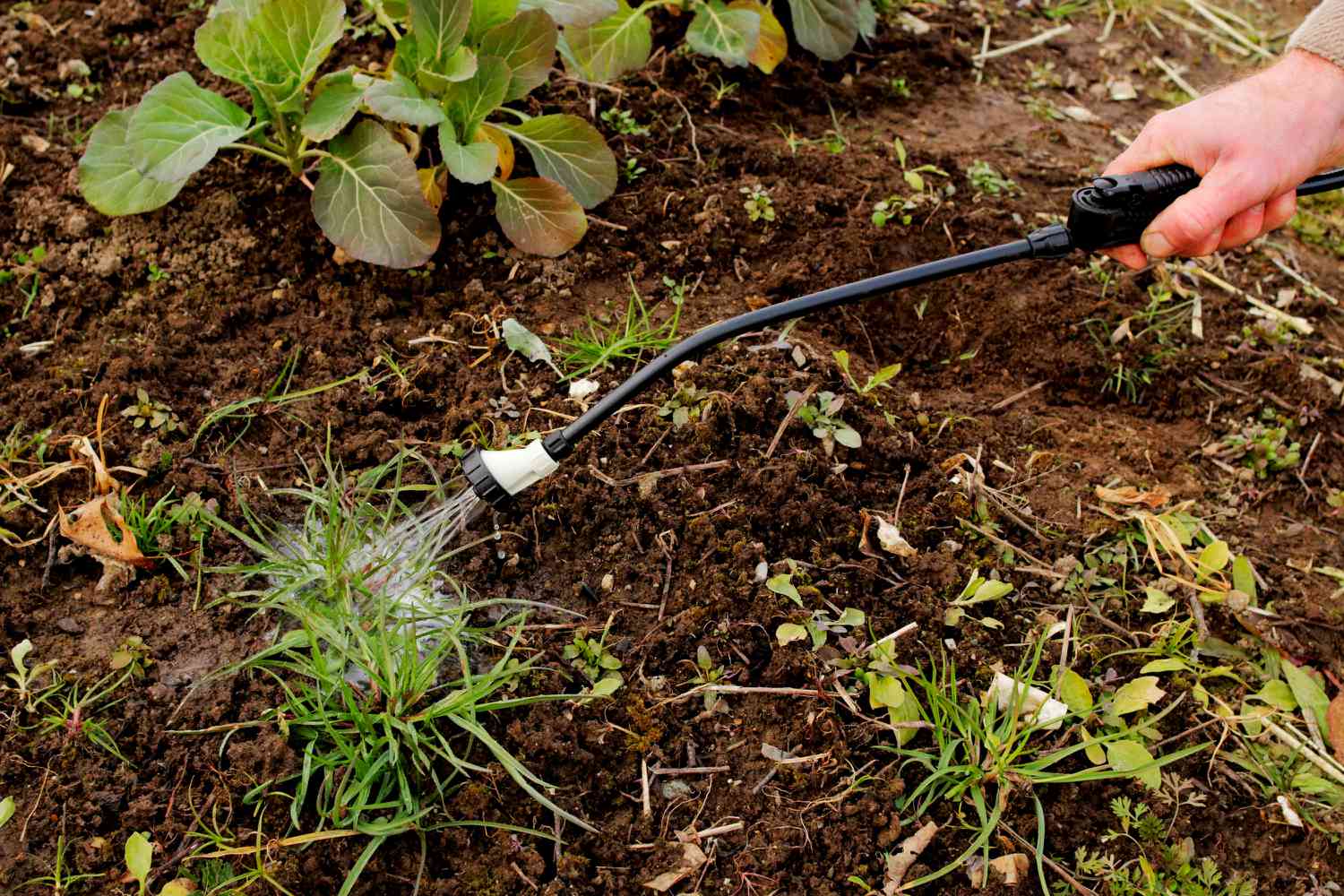
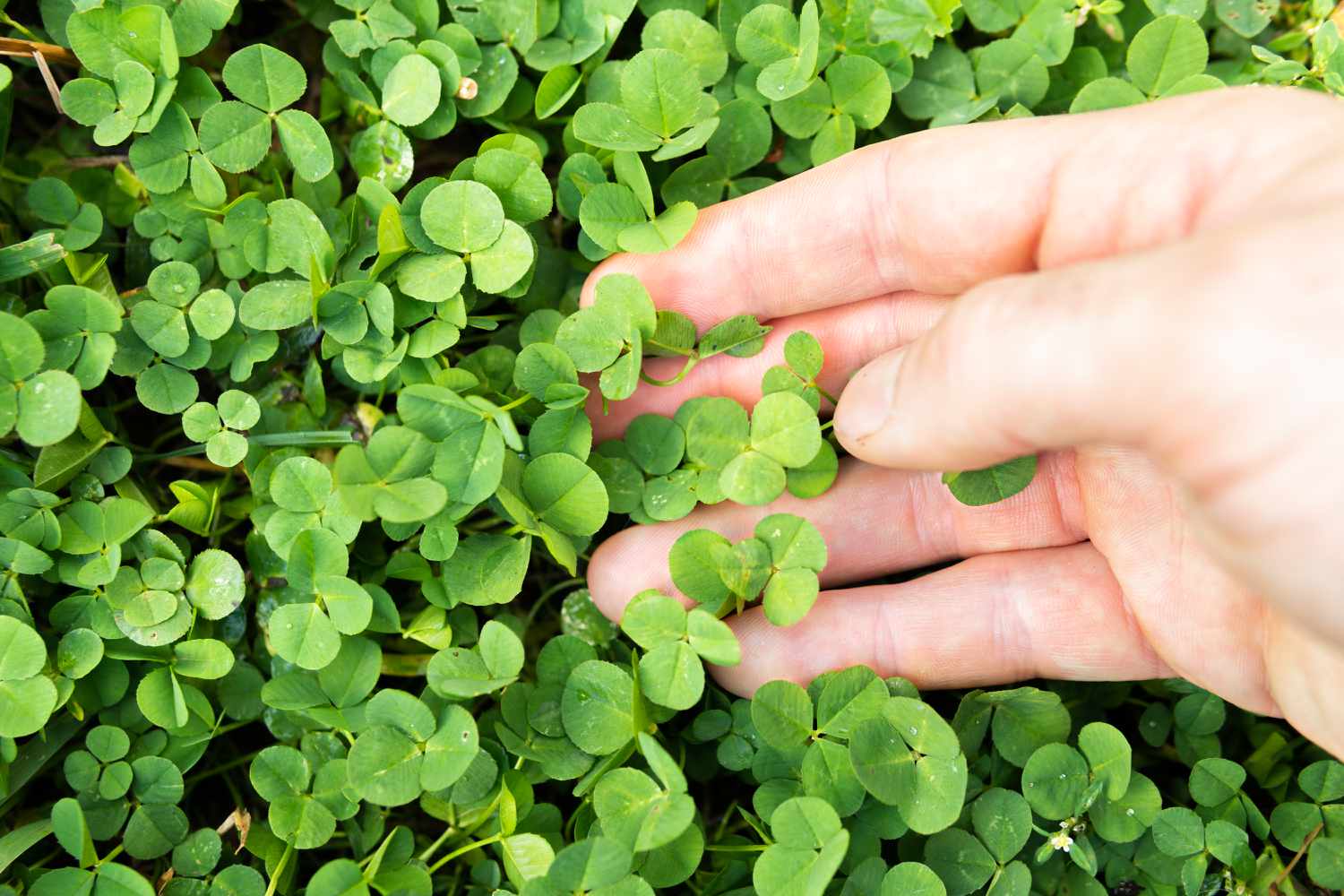
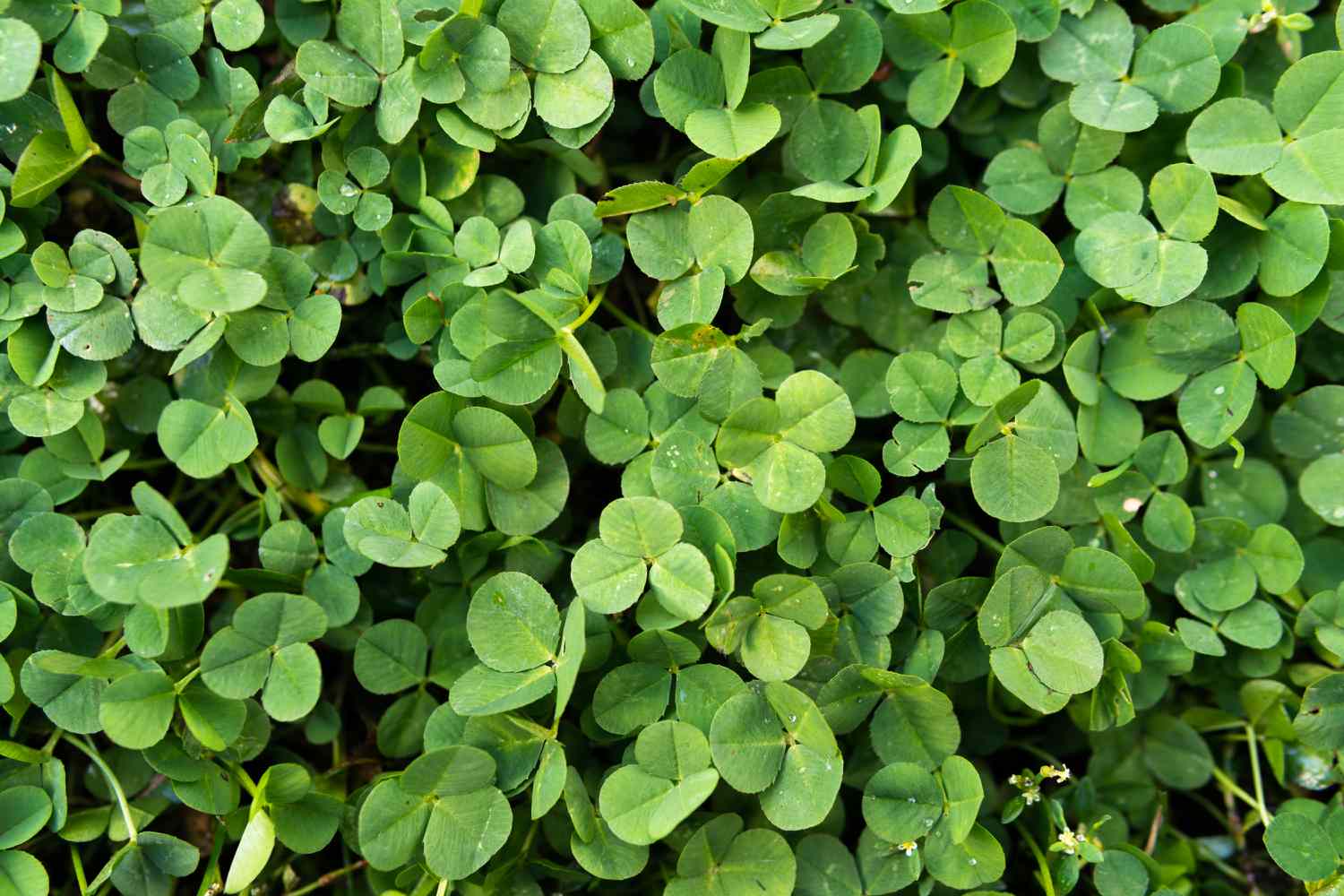
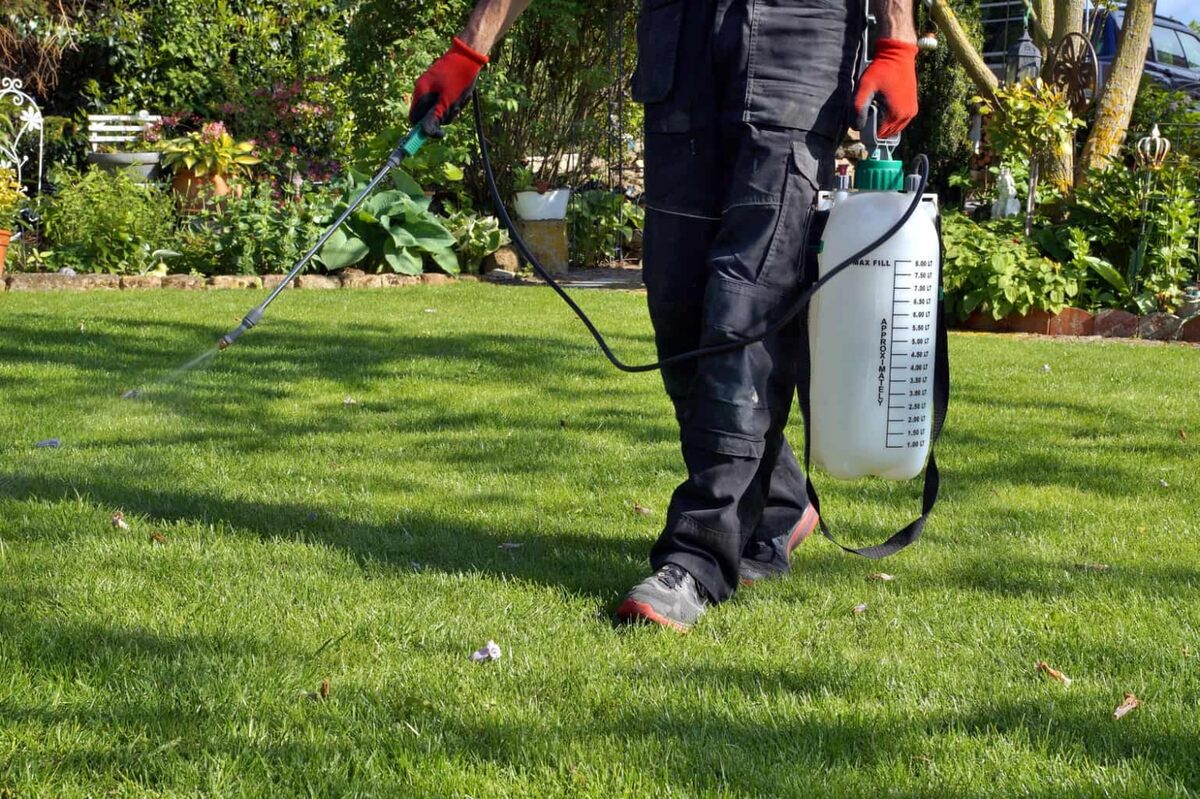
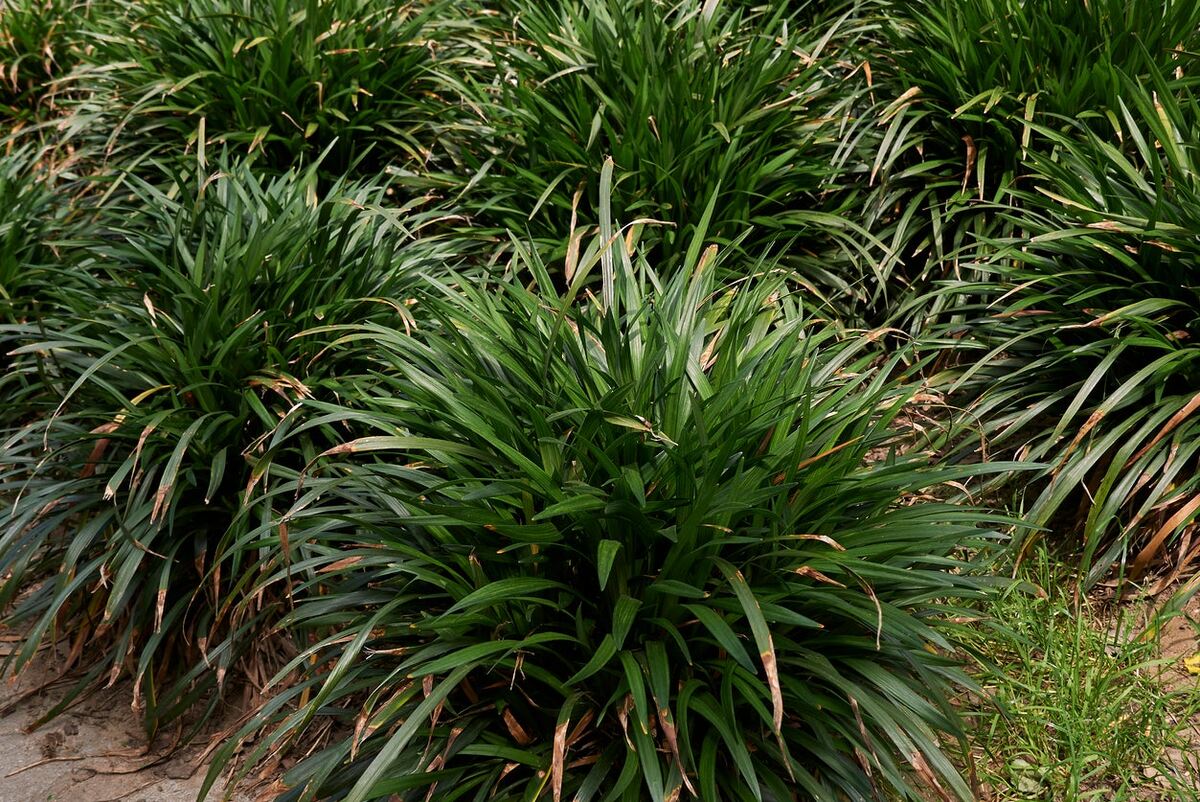
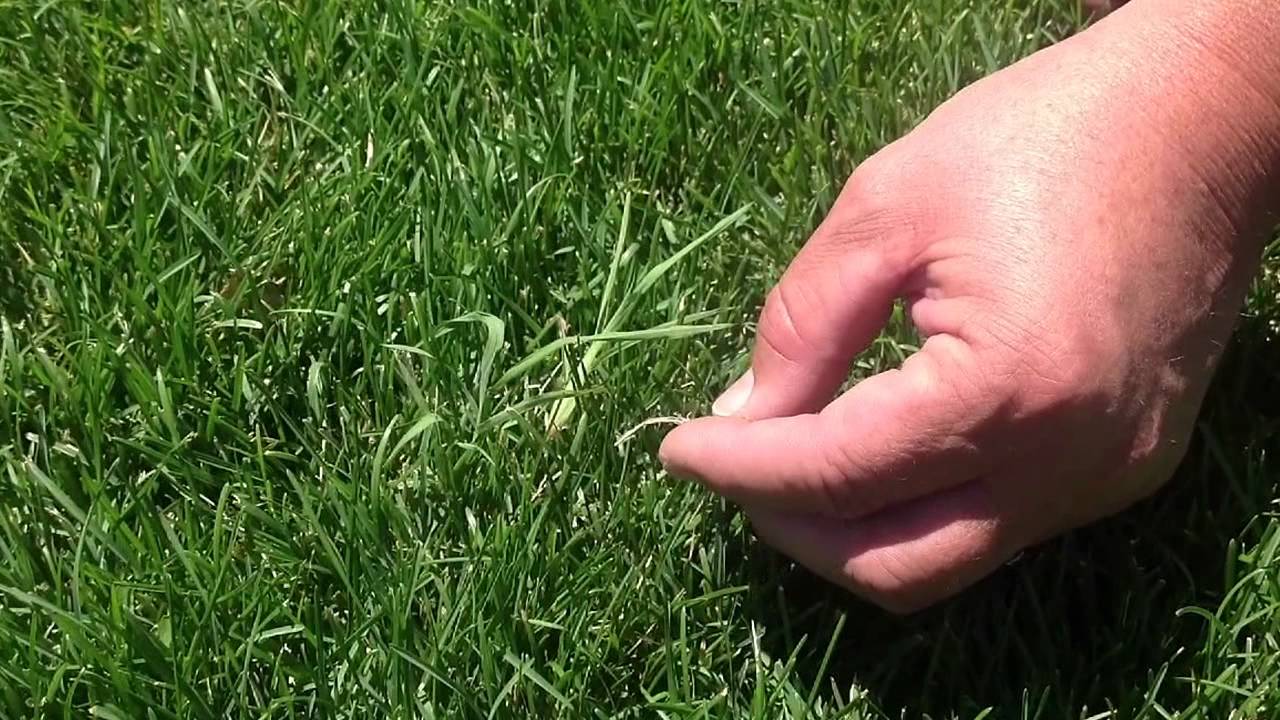
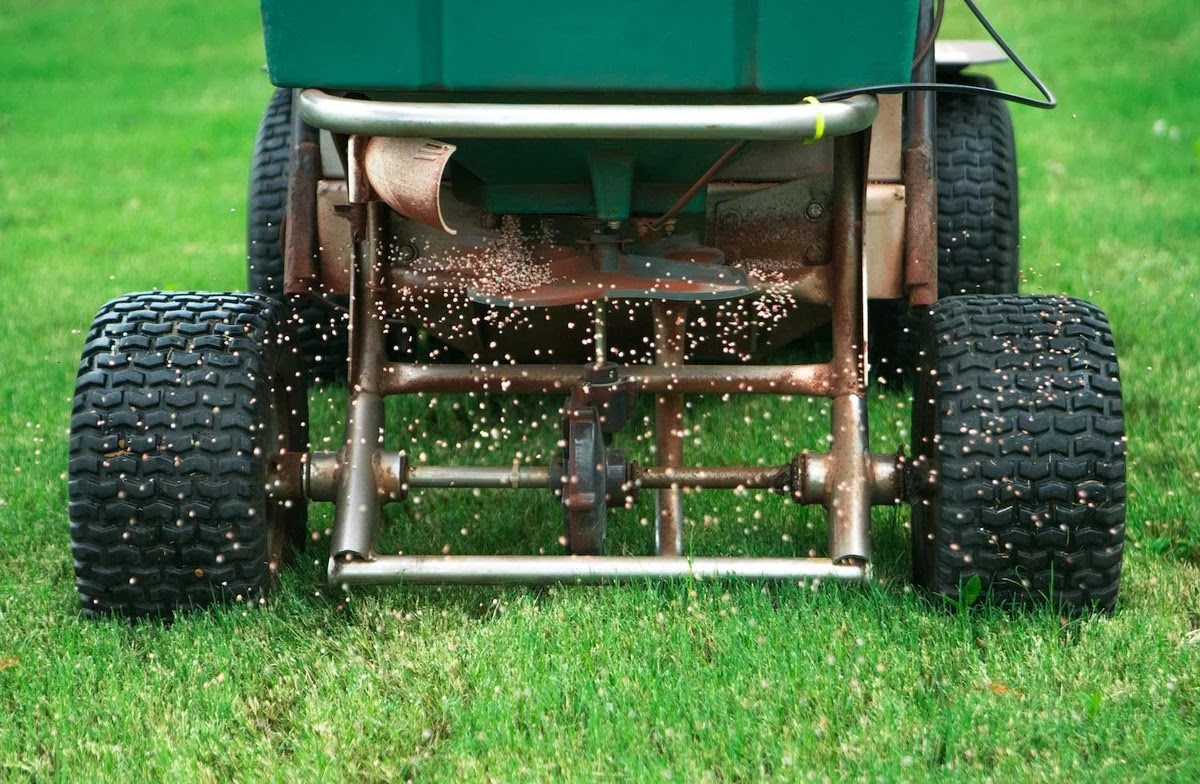
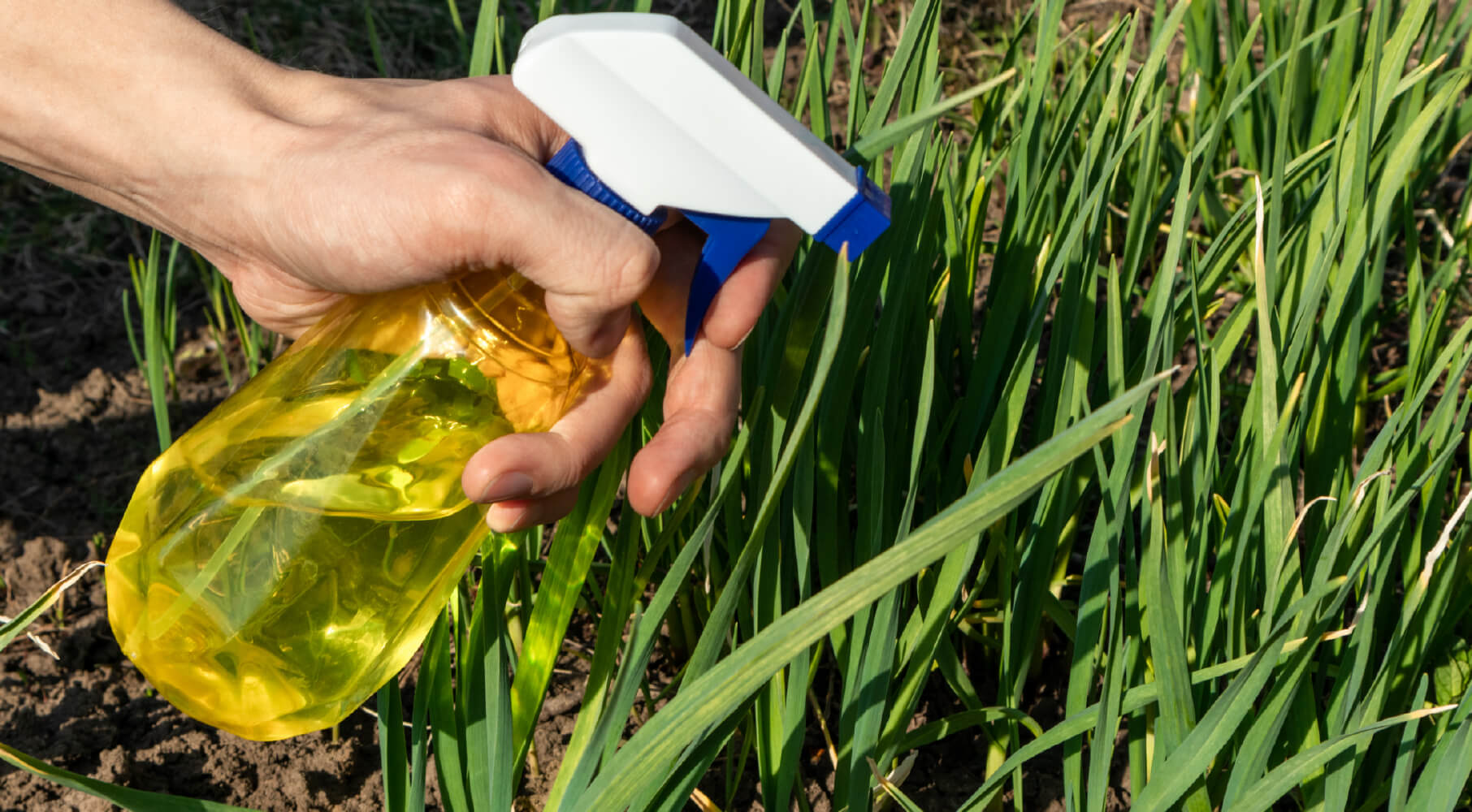

0 thoughts on “How To Kill Clovers In Grass”